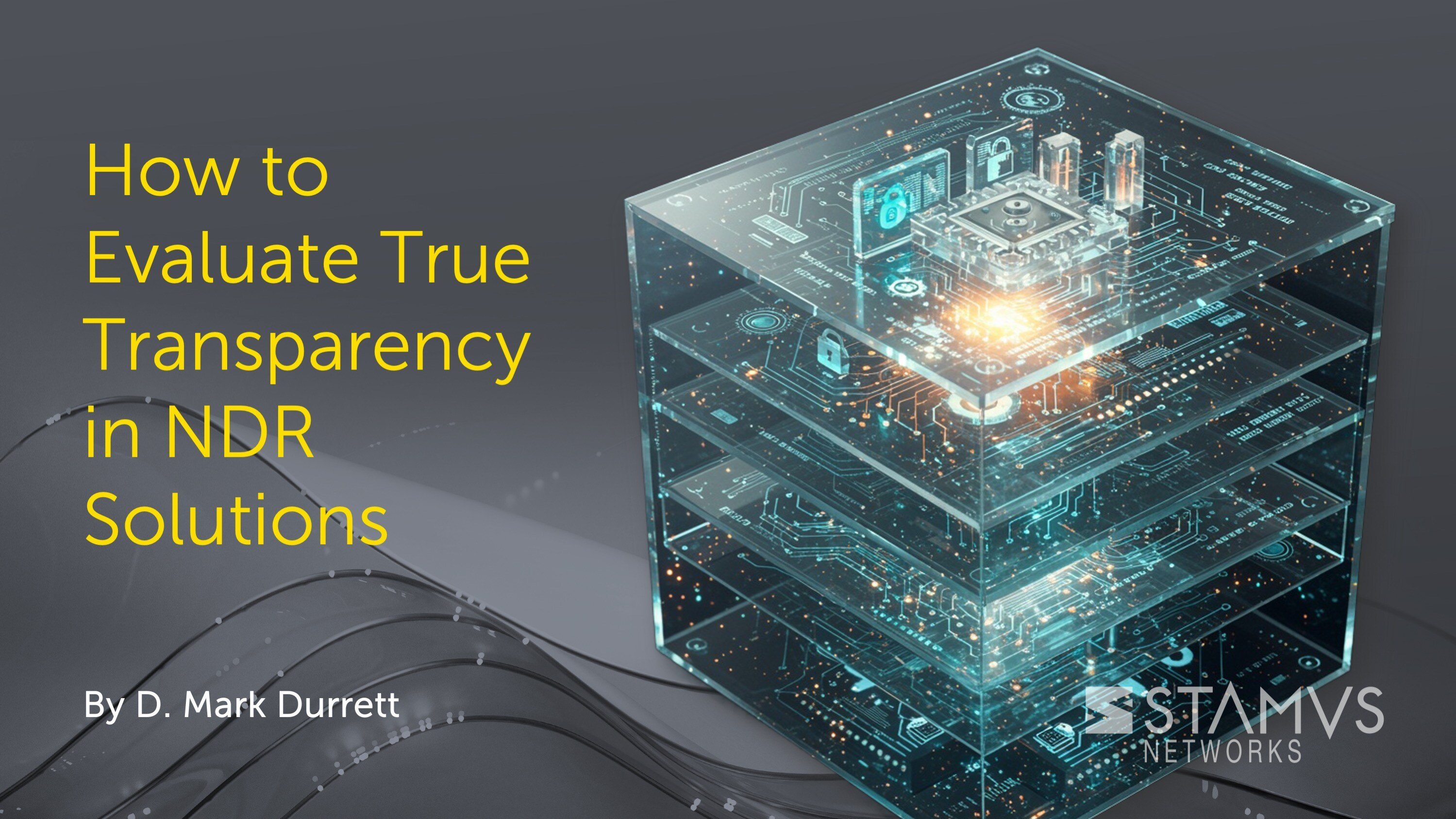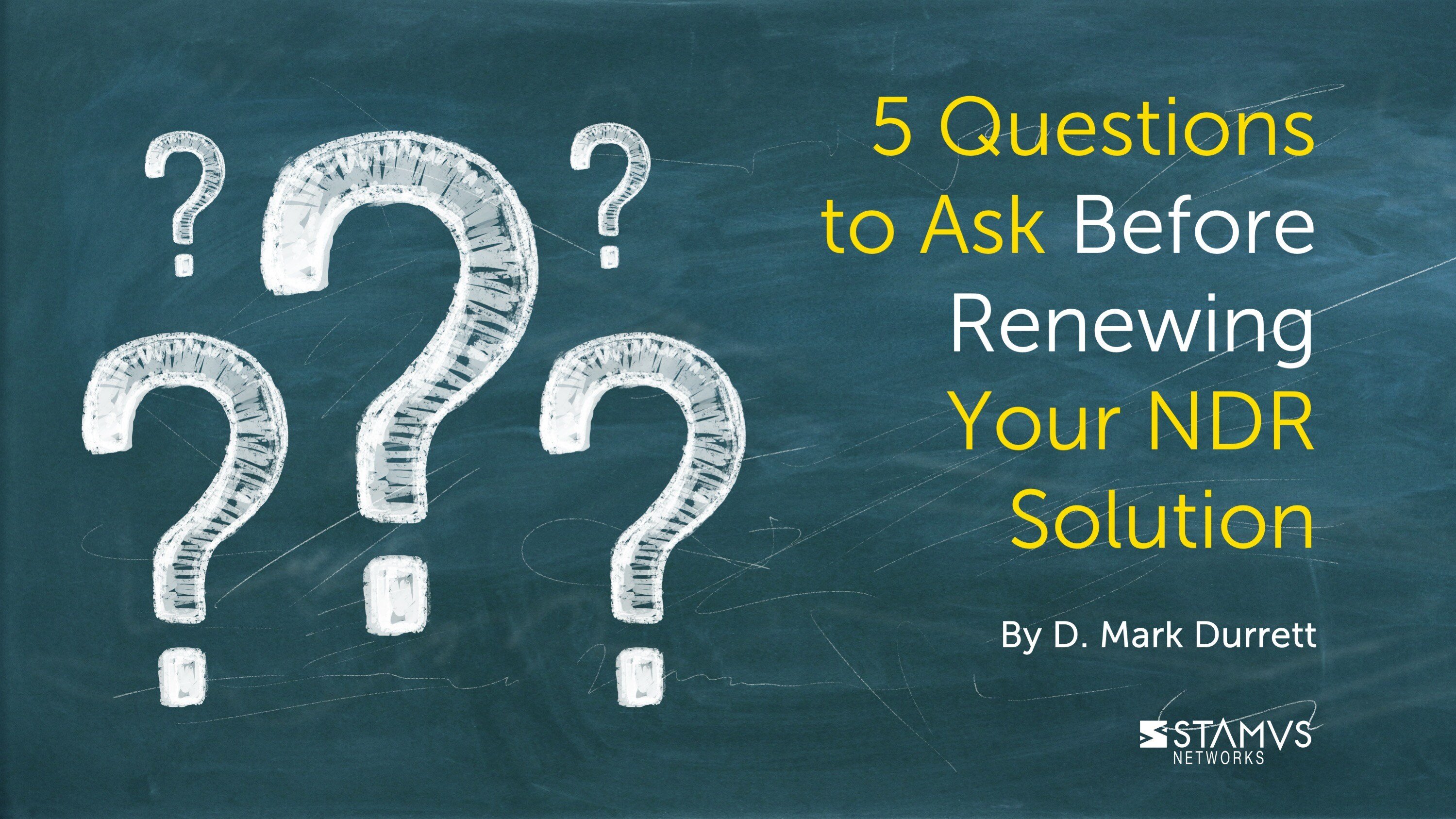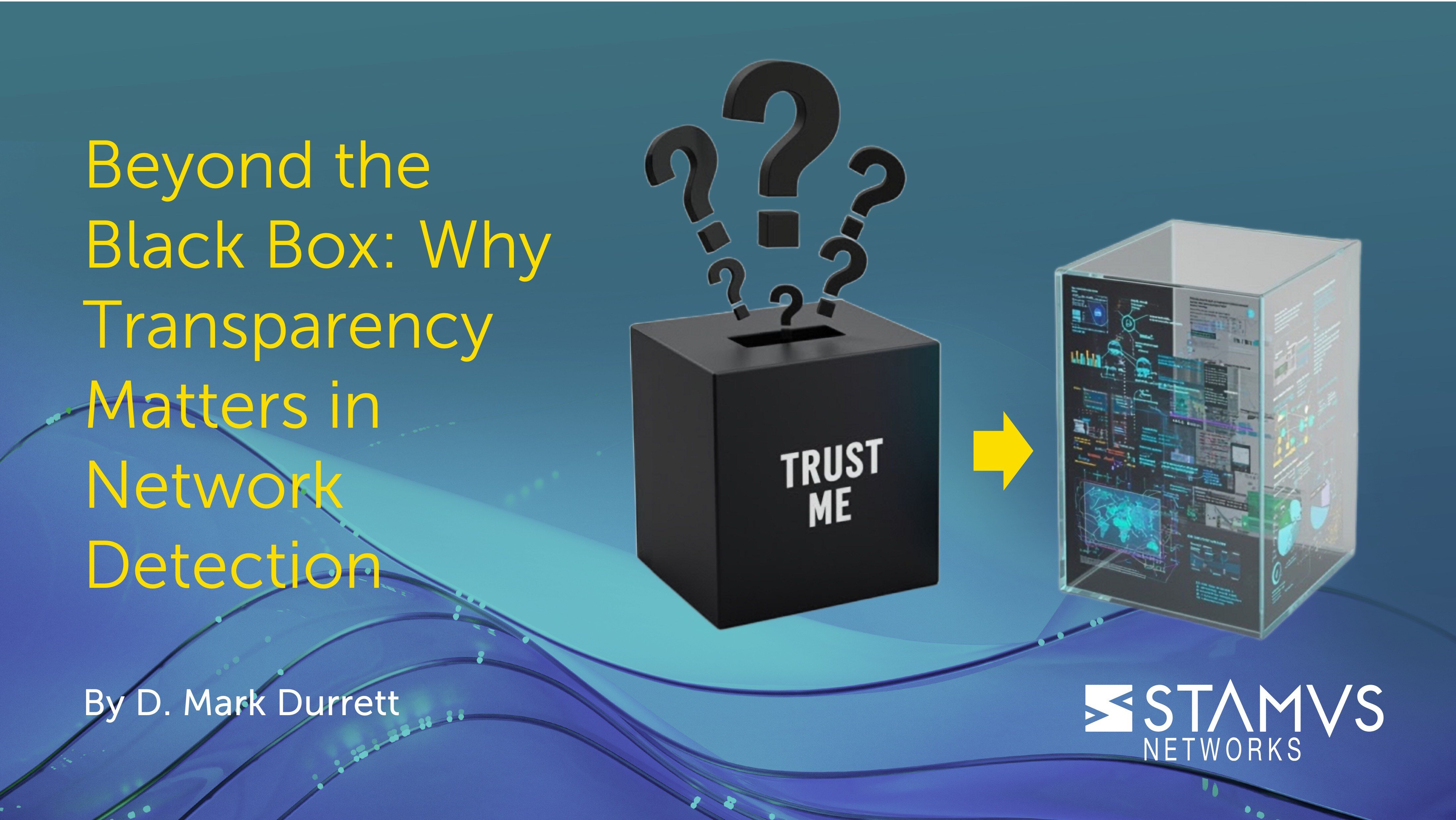Many professionals in cybersecurity often look to research firm Gartner for insights into new product categories. This is especially true for network detection and response (NDR), where organizations looking to evaluate NDR products consider Gartner’s insights from reports such as the "2024 Market Guide for Network Detection and Response" and search for the network detection and response magic quadrant to see how different NDR solutions compare. In this blog post, we will take a look at what Gartner has to say about network detection and response.
Which Gartner report shows NDR is becoming mainstream?
When it comes to NDR solutions, Gartner’s insights are generally considered to be insightful and well-researched. The “2022 Market Guide for Network Detection and Response” is the most recent Gartner research report, and it suggests that NDR is becoming more mainstream. This report claims that the network detection and response market is growing steadily at a 22.5% rate.
Gartner first recognized network detection and response as a market category in 2020. Since then, they have also published other helpful reports such as the “2023 Top Use Cases for NDR” and the “2023 Voice of the Customer for Network Detection and Response”. It is important to note that Gartner’s reports cannot be accessed without becoming a Gartner client, however Stamus Networks has made the "2024 Market Guide for Network Detection and Response" available to download for free.
What is network detection and response Gartner?
As defined by Gartner, network detection and response systems:
“detect abnormal system behaviors by applying behavioral analytics to network traffic data. They continuously analyze raw network packets or traffic metadata between internal networks (east-west) and public networks (north-south). NDR can be delivered as a combination of hardware and software appliances for sensors, and a management and orchestration console in the form of an on-premises software or SaaS.”
By this definition, an NDR is a system that analyzes network traffic on both internal and public networks to detect unusual activity. This is a relatively broad definition of NDR. While many products that claim to be NDR will fit within this definition, each product will likely perform its data collection, analysis, threat detection, and incident response in different ways.
What is Gartner market guide?
A Gartner market guide is a research report compiled by Gartner on markets where they are unable to create a more definitive comparison between products. For example, in the case of NDR, Gartner produced a market guide because the NDR market is still relatively new compared to other threat detection and response products such as endpoint detection and response (EDR).
The goal of a Gartner market guide is to assist buyers in making decisions around certain product categories by highlighting that market direction and potential while also surveying the types of products available in that category. Usually, you cannot access a Gartner Market Guide unless you are a Gartner client, however Stamus Networks is pleased to offer a complimentary copy of the "2024 Market Guide for Network Detection and Response".
What is Magic Quadrant Gartner 2023?
Gartner is well-known for their “magic quadrant”. This chart places different cybersecurity vendors based on their “completeness of vision” and “ability to execute”, leading each vendor to be placed in one of four categories:
- Leaders: These are vendors that execute the product strategy well in comparison to the rest of the industry and are expected to continue excelling at providing a high-quality product.
- Challengers: These are vendors that are doing well currently or are popular within the product category, but Gartner believes that their products are not positioned to grow with the industry in the way that their analysts predict.
- Visionaries: Vendors in this category have a good understanding of where their market is headed and have plans to execute that vision in the future, but are not yet fulfilling that vision or are otherwise doing so inconsistently.
- Niche Players: These vendors are successful in a small segment of the market, but Gartner believes that they are unable to be more innovative or outperform their competitors.
Currently, there is no Gartner NDR magic quadrant, however it is hopeful that one might be included in future reports. For now, the best option is to identify the challenges NDR can solve and determine whether those challenges are faced by your organization. If so, NDR might be a good fit for your security strategy.
Evaluating NDR Without the Help of Gartner
Until Gartner releases an NDR magic quadrant or other NDR research reports, the best way we can evaluate NDR is by understanding the qualities that make a sophisticated NDR as well as the other cybersecurity products an organization might use. This can give us a good picture of what to look for and what our organizations might need.
The following resources are great next steps for learning more about NDR and determining whether or not it is right for your organization:
- 2024 Gartner Market Guide for Network Detection and Response
- EDR, NDR, and XDR: Exploring Three Approaches to Threat Detection and Response
- Five Essential Requirements for Network Detection and Response (NDR)
- 12 Signs it's Time to Upgrade your Legacy IDS/IPS
To be notified of new blog posts and other news, make sure to subscribe to the Stamus Networks blog and the Stamus Spotlight Monthly Newsletter, follow us on Twitter, LinkedIn, and Facebook, or join our Discord.






